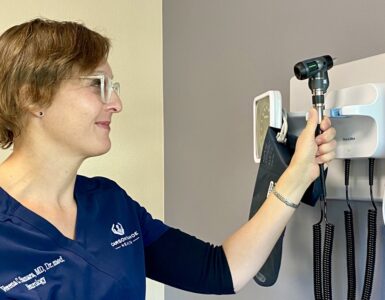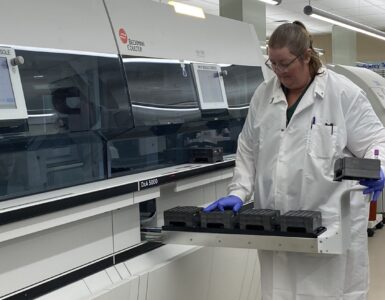
What is fatty liver disease?
Fatty liver disease is also known as Nonalcoholic Fatty Liver Disease (NAFLD). It is a spectrum of progressive liver disorders in patients who lack a history of significant alcohol consumption. There are 4 major stages of fatty liver disease: (1) simple fatty liver (steatosis); (2) fatty liver induced hepatitis (steatohepatitis, or NASH); (3) fatty liver disease with fibrosis (scarring); (4) fatty liver disease associated cirrhosis.
People who have fatty liver disease have lower overall survival than the general population. From 12 to 40%of patients with fatty liver disease have fatty liver induced hepatitis (steatohepatitis). Up to 47% patients with steatohepatitis develop hepatic fibrosis. Once advanced fibrosis develops, up to 30% patients may develop cirrhosis. Liver cancer may develop in up to 7% patients with fatty liver disease associated cirrhosis. Up to 30-40% patients with cirrhosis will die from liver related death.
How common is fatty liver disease?
Fatty liver disease is the most common liver disorder in Western industrialized countries. It is estimated to affect 30% of the US population. Population of 40-60 years old has the highest prevalence. Fatty liver disease is also the most common cause of liver disease in the preadolescent and adolescent age groups. In US, the prevalence of NAFLS is 45% in Hispanics, 33% in Caucasians, and 24% in African Americans. Fatty liver disease is likely to surpass hepatitis C to become the leading indication for liver transplant by 2020.
Who is at risk?
Obesity, diabetes, hyperlipidemia, and insulin resistance are independent risk factors for fatty liver disease. Up to 66% of obese individuals and greater than 90% of morbidly obese individuals have fatty liver disease. About 54 to 74 % of patients with Type 2 diabetes have fatty liver disease. Fatty liver disease is found in 20 to 90% of patients with high cholesterol. Up to 75% patients with metabolic syndrome have fatty liver disease.
What are the symptoms of fatty liver disease?
Most people with fatty liver disease do not have any symptoms (up to 60%). The common symptoms are: fatigue; pain in the upper right abdomen; bloating or abdominal fullness; enlarged liver, etc.
How to diagnose fatty liver disease?
There is no single diagnostic laboratory test for fatty liver disease. Abnormal liver test is common but not universal. A normal liver test does not exclude fatty liver disease. The level of abnormal liver test does not correlate to the severity of fatty liver disease. In the absence of definitive clinical or laboratory parameters, liver biopsy is the only way to confirm or exclude the diagnosis, and to grade and stage fatty liver disease, to predict prognosis, and to direct treatment.
How to treat fatty liver disease?
Lifestyle modification, diet and regular exercise to achieve weight loss is a central aspect of fatty liver disease treatment. Weight loss should be gradual. Rapid weight reduction has been associated with worsening of fatty liver disease. Liver-directed therapy is indicated for patients with steatohepatitis and fibrosis. Other therapies include bariatric surgery, liver transplant, etc.







